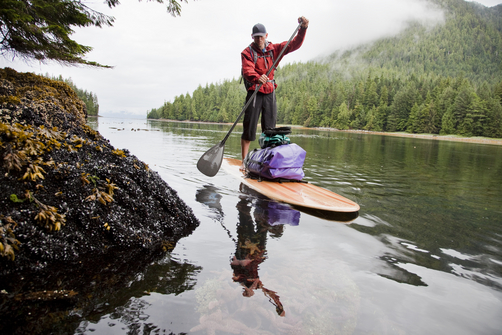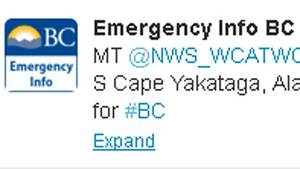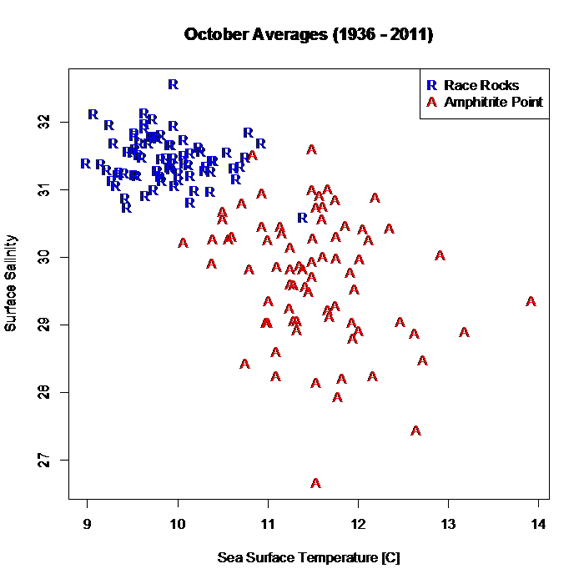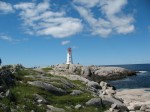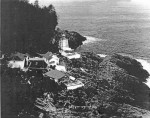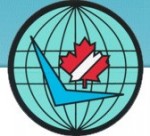 I just recently married a lovely Filipino lady here in the Philippines. The marriage was held on the beach at the Drill Shack Resort just outside Dumaguete, Negros Oriental, Philippines – actually closer to Dauin.
I just recently married a lovely Filipino lady here in the Philippines. The marriage was held on the beach at the Drill Shack Resort just outside Dumaguete, Negros Oriental, Philippines – actually closer to Dauin.
While in the Dumaguete area I met a Canadian friend, Brian Waddington, who used to live on a lighthouse near to mine at McInnes Island, BC. Brian wrote on August 27, 2012 on his Blogpost:
Because John Coldwell Has An Inquiring Mind I Will Publicly Embarrass Myself And Give Him And His Bride To Be This Story As A Wedding Present
John was the senior keeper at McInnes when I became the junior keeper at Ivory. He retired after 32 years as a keeper. He now runs a truly informative website about the life of a lighthouse keeper on the west coast of Canada. If you have ever wondered about the life of a keeper click on his name.
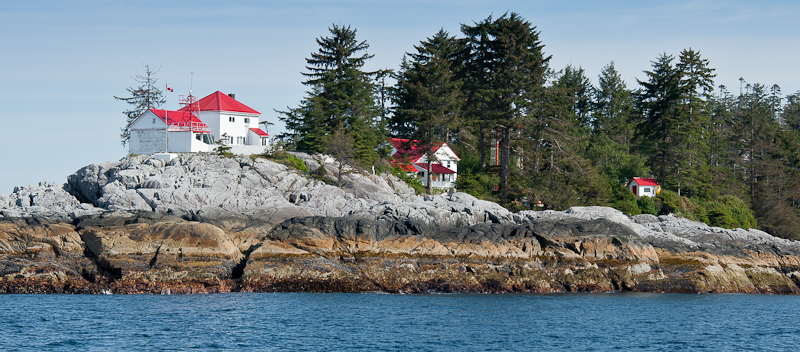
From left to right; workshop and senior keepers house, junior keeper house and garage, landing platform (red pole) control shed for hiline.
Ivory Island is a lighthouse on the north-west coast of Canada. Thirty plus years later I still dream of Ivory. To say it was a seminal time in my life is simply an understatement. Ivory was where I found the start of my spiritual path. Ivory is where the only child I have helped to conceive and father was created. I met my first two spiritual mentors while I was there. Ivory Island introduced me to the Thomas Crosby V which led me to Haisla village which allowed for the occasion where I met my future wife which is why I now live in the Philippines.
Some of my memories are sublime, some are joyous, some are mysterious but this one is just plain embarrassing. First you need a little background information. There are basically two ways to deliver anything to Ivory – helicopter or ship. Helicopter is quick and easy but not so good for heavy or bulky goods.
 When goods are brought in by boat the cargo ship anchors, lowers the work boat and they bring the goods to where the ‘hook’ is lowered via the hi line. (look very closely at the first picture, just above the control shed you will see the hi-line running from the tall red pole down towards the water). Once the work boat crew secures the cargo to the hook it is picked up, wound in, lowered, unhooked and the hook is lowered again for the next load. Simple if everything works right not so simple when it doesn’t. This day it didn’t.
When goods are brought in by boat the cargo ship anchors, lowers the work boat and they bring the goods to where the ‘hook’ is lowered via the hi line. (look very closely at the first picture, just above the control shed you will see the hi-line running from the tall red pole down towards the water). Once the work boat crew secures the cargo to the hook it is picked up, wound in, lowered, unhooked and the hook is lowered again for the next load. Simple if everything works right not so simple when it doesn’t. This day it didn’t.
Perhaps I allowed the hook to pick up too much speed as gravity pulled it back to the water. Perhaps the stopper and the hook did not mate properly because a gust of wind moved the mechanism at a crucial point. In any case instead of doing what it was supposed to do the hook plunged into the water. Luckily this occurs with some frequency so the work boat was well clear of the rapidly descending hook. The other times this had happened I simply wound the hook in the way a fisherman reels in his line. The hook comes up sets itself properly and then I would again lower it so the work boat could hook up another load.
This time the hook snagged on something. With no way of knowing if it was snagged on a sunken log, a small easily moved rock or something worse I decided to apply a little more power and see what would happen. Bad decision! All of a sudden guy wires are snapping and the tower is starting to bend. No more cargo came ashore that day. What did come ashore a few days later was a five man work crew from Prince Rupert via helicopter with most of what was needed to fix the hi-line.
I say most… what they did not have was the bit for drilling the holes needed to do to put in the new anchoring pins. The drill bit was flown up from Victoria via helicopter. My bad choice was starting to get expensive. It got even more expensive after they had drilled four (if memory serves) five foot long 2 inch wide holes for the pins and then spent a day or two trying to hammer the 2 inch steel pins into the 2 inch holes.
For the next few days the work crew enjoyed a mini vacation while they waited for the proper sized drill bit. It is just possible that this had become such an embarrassment of errors to one and all concerned that they could not fire me without firing some bosses too. In any case I was and am ever so thankful I wasn’t fired.
There you are John my wedding gift to you, your future wife and your web site. Hope you can use it and it brings a smile to your face.
*******************************
Thanks Brian. We could not have had a better wedding gift!
